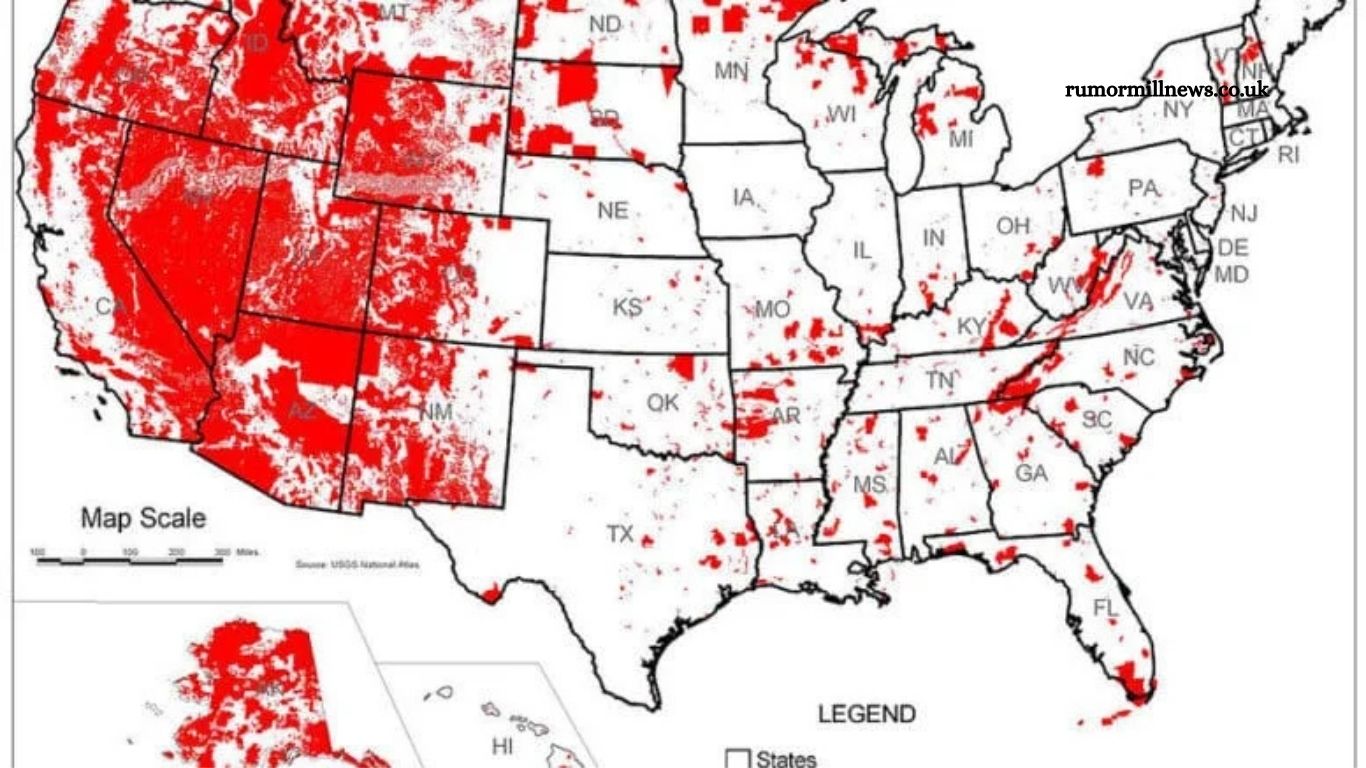America Pillaged President Donald Trump’s budget proposal could lead to the largest public land sale in modern U.S. history, aiming to help offset his major tax cuts.
A climate policy expert criticized the move, telling Newsweek that selling federal lands would do little to meaningfully reduce government spending.
Why It Matters
The Senate committee claims that unlocking portions of federal land managed by the BLM and USFS could ease the housing crisis.
But The Wilderness Society disagrees, citing research that most of this land is unsuitable for development. The group warned the bill targets areas vital for recreation, wildlife habitat, and migration corridors.
Read More: Peter Thiel Explores Transhumanism and the Concept of the Antichrist
What To Know
A Senate Energy and Natural Resources Committee bill aims to raise revenue for tax cuts by auctioning over 2 million acres of public land in 11 Western states over five years. The legislation authorizes the Bureau of Land Management (BLM) and U.S. Forest Service (USFS) to sell from a pool of 258 million acres—without hearings, debate, or public input.
Tracts must be nominated within 30 days, with new nominations every 60 days until the acreage goal is met. The plan is part of a broader push to generate $29 billion through expanded oil, gas, coal, timber, and geothermal lease sales.
The Wilderness Society reports eligible acres per state include:
- Alaska: 82.8M
- Nevada: 33.6M
- California: 16.7M
- Utah: 18.7M
- Oregon/Idaho: 21.7M each
- (And others totaling 258M)
However, experts warn that less than 2% of USFS and BLM lands are near population centers, making them impractical for housing. Over half of federal land near growth areas also faces high wildfire risk, says climate policy expert Patrick Parenteau.
Experts Divided On Sale’s Impact
Experts question whether auctioning public lands will meaningfully impact federal finances.
“Selling off public lands won’t significantly reduce spending,” said Patrick Parenteau, climate policy expert at Vermont Law. He noted the legislation targets more than just hard-to-manage parcels like checkerboard lands and is designed to offset tax cuts benefiting corporations and the wealthy.
Parenteau warned the rapid timeline favors buyers, potentially driving down land value.
Deborah Sivas, director of Stanford’s Environmental Law Clinic, echoed concerns, stating the acreage is too small to affect agency budgets or the national debt.
‘A Positive Impact’
Wendie L. Kellington, an attorney at Kellington Law Group, told Newsweek the land sale plan could improve federal budgets, noting that 5% of proceeds would go toward reducing the BLM and Forest Service’s backlog of deferred maintenance.
“Land is expensive to own, and the federal government hasn’t maintained it well,” she said.
Still, Trump’s public land sale proposal remains divisive. The House removed a plan to sell 500,000 acres in Utah and Nevada after some Republicans opposed it. In response, several GOP lawmakers helped launch the bipartisan Public Lands Caucus to promote expanded access—not privatization—of federal lands.
What People Are Saying
Patrick Parenteau, a climate policy expert at Vermont Law, told Newsweek the legislation targets over 3 million acres for sale by 2030, but more than 200 million acres would be open to bidders—primarily wealthy buyers or developers seeking land near sites like Lake Tahoe or Gates of the Arctic.
While national parks and officially protected areas are excluded, the proposal includes recreation zones, wilderness study areas, roadless lands, critical wildlife habitat, and big game migration corridors.
Parenteau warned the sales could hurt local communities by cutting off access to outdoor recreation, reducing tourism revenue, straining public services, and increasing pollution depending on future land use.
Wendie L. Kellington of Kellington Law Group told Newsweek the proposed land sales would benefit states facing severe housing shortages. The legislation limits sales to land designated for housing or related community needs, explicitly excluding national parks, wildlife refuges, historic sites, and other federally protected areas.
“This bill targets only unprotected federal land,” Kellington said. “It offers a federal solution to a decades-long housing crisis without sacrificing beloved public lands.”
However, critics warn the plan may overpromise. Deborah A. Sivas, director of Stanford’s Environmental Law Clinic, argued that most federal land lacks infrastructure, making it unattractive to developers and unlikely to generate meaningful revenue.
“Only small portions near towns may appeal to builders,” Sivas said. “For decades, U.S. policy has rejected selling federal lands, and polls consistently show Americans oppose such sales—they see public lands as a national legacy.”
In a fact sheet, the Senate Energy and Natural Resources Committee defended the plan, claiming federal land ownership limits growth in the West. The committee stated the proposal would use “a fraction of 1%” of public lands to build homes, create jobs, reduce the deficit, and fund land management.
Frequently Asked Questions
What is Ode to America about?
This piece explores the growing influence of oligarchs on American democracy, public resources, and economic inequality. It critically examines how wealth and power are concentrated among elites at the expense of the public.
Who are the “oligarchs” referred to in the title?
The term “oligarchs” refers to ultra-wealthy individuals or corporate interests who use financial power to shape public policy, land use, and tax systems to their benefit—often with little public oversight or accountability.
Why is the title so provocative?
The title uses strong imagery—“sacked,” “pillaged,” and “plundered”—to highlight the severity of the issue. It draws attention to how public institutions and resources are being stripped away to serve private interests.
Is this article politically biased?
Ode to America is a critical commentary rooted in research and expert opinions. While it may challenge powerful institutions and political decisions, its intent is to inform, provoke thought, and inspire civic engagement.
What are the main issues covered in the piece?
Topics include the sale of public lands, the erosion of environmental protections, corporate tax breaks, the housing crisis, and the broader impacts of wealth-driven policy decisions on ordinary Americans.
Q6: How does this affect the average citizen?
A: These policies can limit access to affordable housing, public lands, healthcare, and education—while increasing the wealth gap. The article connects high-level decisions to everyday struggles faced by working Americans.
Does the piece offer any solutions or alternatives?
Yes, the piece emphasizes the need for transparency, public oversight, sustainable land use, and policies that prioritize long-term public benefit over short-term private gain.
Where can I read the full article or commentary?
The full piece can be found on [insert platform/publication name or website], where it’s available alongside expert commentary, data, and supporting research.
Conclusion
As America faces a crossroads, the unchecked influence of oligarchs on land, law, and legislation reveals a growing divide between public interest and private gain. What’s unfolding is not just a transfer of wealth—but a dismantling of shared national assets, democratic processes, and future opportunity.
This moment demands more than observation—it calls for awareness, accountability, and action. Reclaiming the American promise means standing against policies that prioritize profit over people and protecting the land, rights, and values that define the nation.



